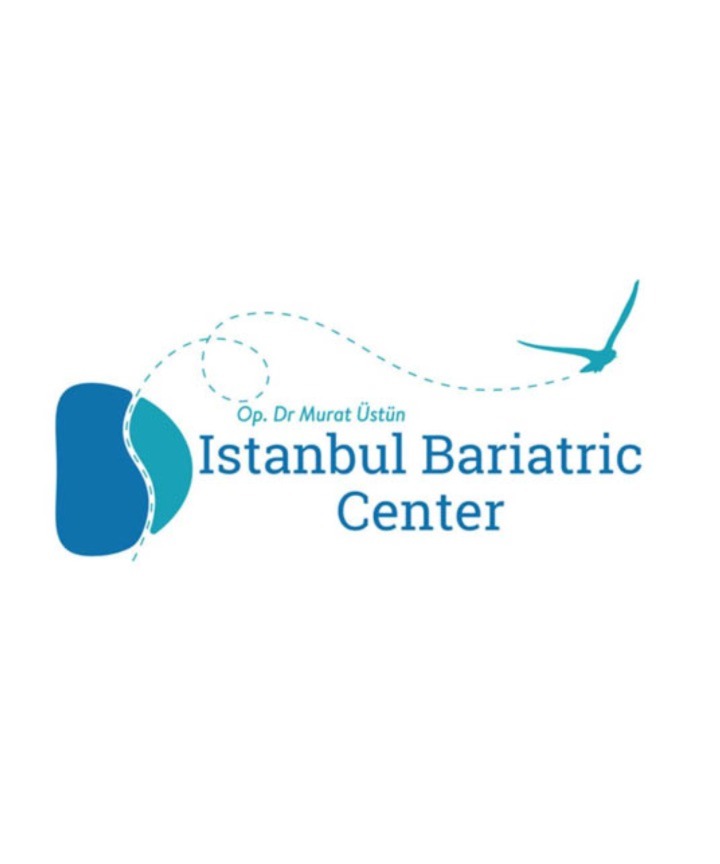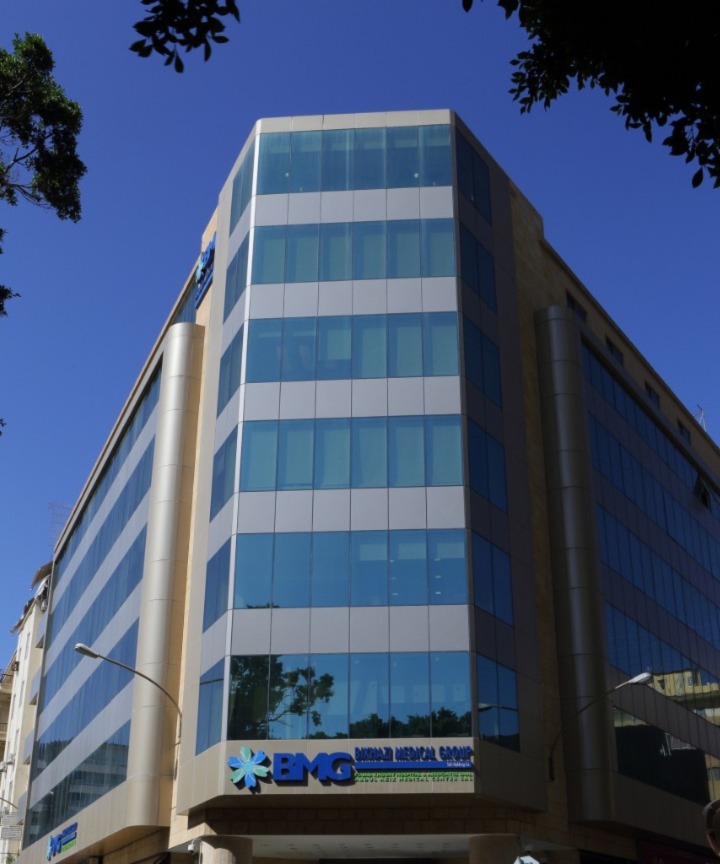Gastric Balloon
A non-surgical weight loss option that has grown in favor recently is the gastric balloon. It is an implanted device that contains a sterile saline solution and is placed in the stomach. This surgery is normally removed after six months and is generally regarded as a temporary weight loss option. This blog post will go into more information about the gastric balloon, including how it functions, its advantages and disadvantages, and how it might affect weight loss.
By occupying space in the stomach, a gastric balloon causes the patient to feel full more rapidly than they would without it. Using an endoscope, the balloon is injected into the stomach through the mouth. Once implanted, a sterile saline solution is used to fill it, which causes it to enlarge and occupy space in the stomach. The patient is able to eat less and lose weight as a result of this expansion's fullness-inducing effects.
The fact that a gastric balloon is a non-surgical weight loss alternative is one of its key advantages. This indicates that it is free of the dangers and lengthy recovery period related to surgery. Furthermore, the process is fairly quick, requiring only 20 to 30 minutes to finish. In other words, patients can usually resume their regular activities the following day.
The gastric balloon's ability to accelerate weight loss for patients is yet another advantage. In general, patients should anticipate losing 20 to 30 pounds throughout the course of the balloon's six-month placement. Particularly for those who have struggled to lose weight with food and exercise alone, this weight loss can be significant.
Although a gastric balloon can help people lose weight, it's vital to understand that it is not a permanent cure, and you should contact your healthcare professional for more information. Patients must keep up their good living choices after the balloon is taken out if they want to keep their weight loss. This might entail dietary and activity modifications as well as continued treatment from a medical expert.














.jpg)
